Meteorology Sensors for Weather Stations – Dual Heating System Ensures Reliable Measurement Results
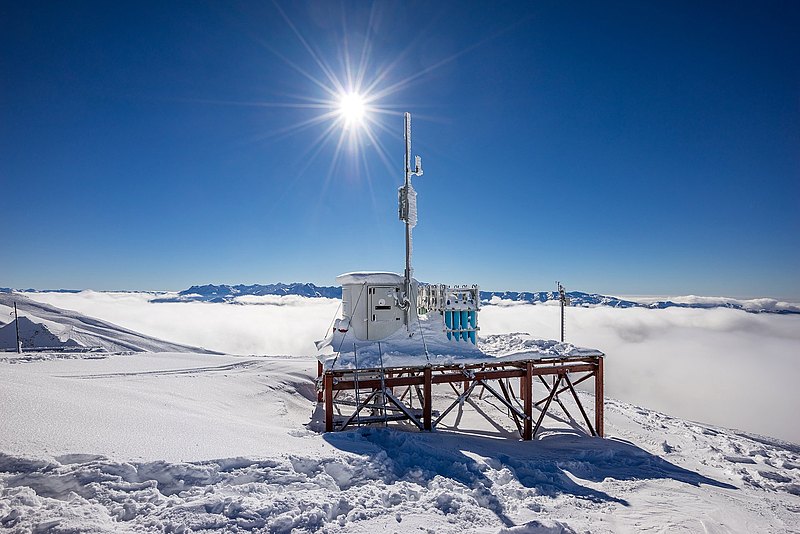
The sensors and measuring instruments used in climate research and weather observation must meet particularly high requirements. Adverse environmental conditions, low temperatures, contamination and dew or even freezing are all influencing factors that the climate sensors need to cope with. In addition to high measuring precision, short response times are an essential criterion in climate measuring technology. Heated humidity sensors, such as those from Austrian sensor manufacturer E+E Elektronik, are state of the art for meeting these requirements.
Heated Humidity and Temperature Sensors for Weather Stations and Weather Warning Systems
Dual Heating System Prevents Condensation or Icing
For its meteorological humidity and temperature sensors, E+E Elektronik relies on a dual heating system for the sensing element and for the probe.
The core of the meteorology sensors is a heated thin-film sensing element, which combines a capacitive humidity sensing element and a heating resistor on a shared substrate. When dew formation conditions are approached, the surface temperature of the sensing element is increased by adaptive heating until a non-critical temperature range is reached.
Together with a permanently heated probe, it prevents condensation or icing on the sensing element or on the sensing head in case of fog, dew, rain or snowfall.
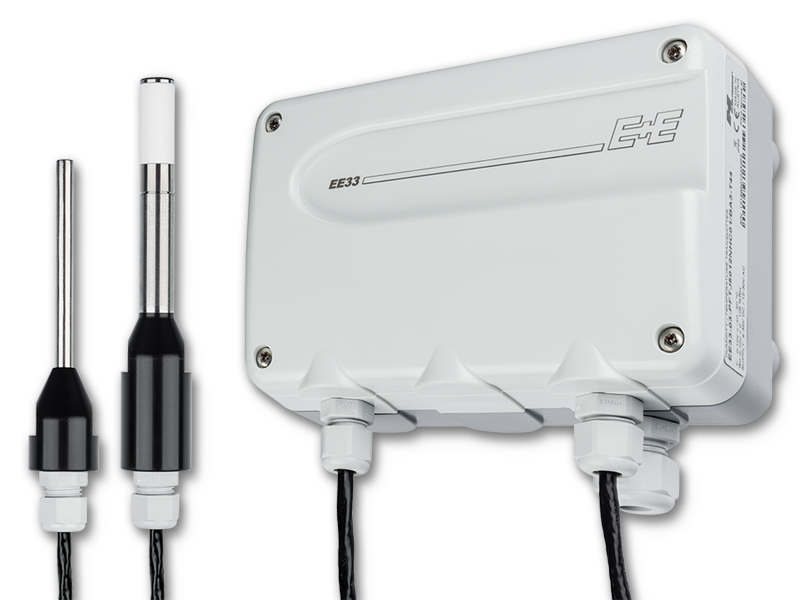
Stable Measuring Performance in the High Humidity Range
If the humidity remains high, there is a risk of high humidity drift with unheated sensors. This leads to inaccurate and unreliable readings. Heating eliminates this danger and the meteorology sensors work accurately and reliably even under permanent high humidity conditions >90 % RH.
Short Response Time in the Low Temperature Range
Another advantage of heating is the short response time, especially in the low temperature range. This is particularly important for ice warning systems at airports or in road traffic, where the meteorology sensors used for weather monitoring must react quickly to temperature changes.
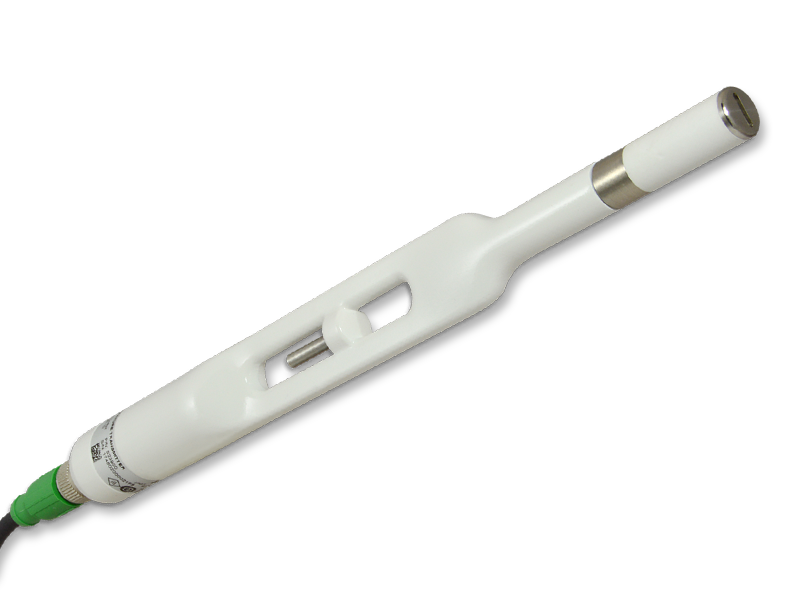
Outdoor Use – Weather, Dust and Corrosion Can Influence the Measurement Results of Meteorology Sensors
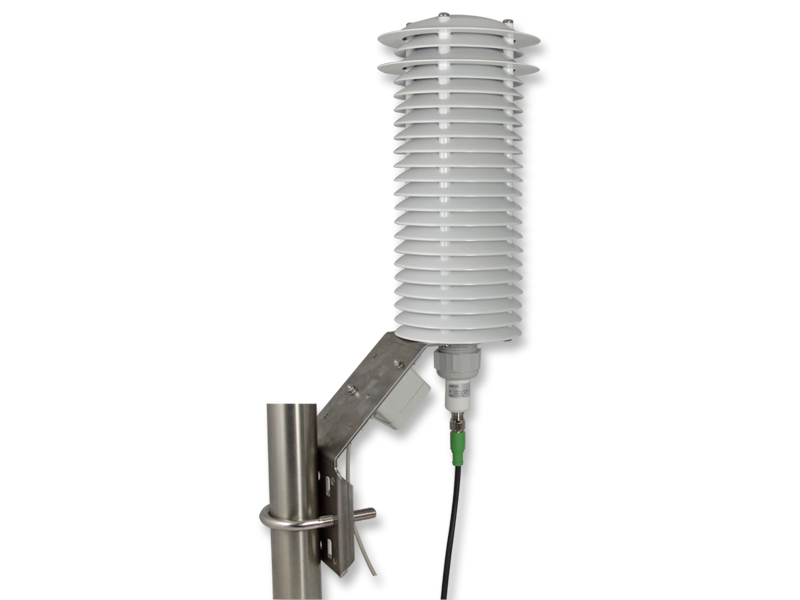
Radiation Shields Are Mandatory for Protection against Weather Influences
For meteorology sensors used in outdoor applications for humidity and temperature measurement, the use of radiation shields is a must. They protect the sensors from weather influences such as rain or direct and indirect thermal radiation and prevent environmental conditions from affecting the measurement results.
The meteorology sensors from E+E Elektronik are therefore designed to be compatible with standard radiation shields.
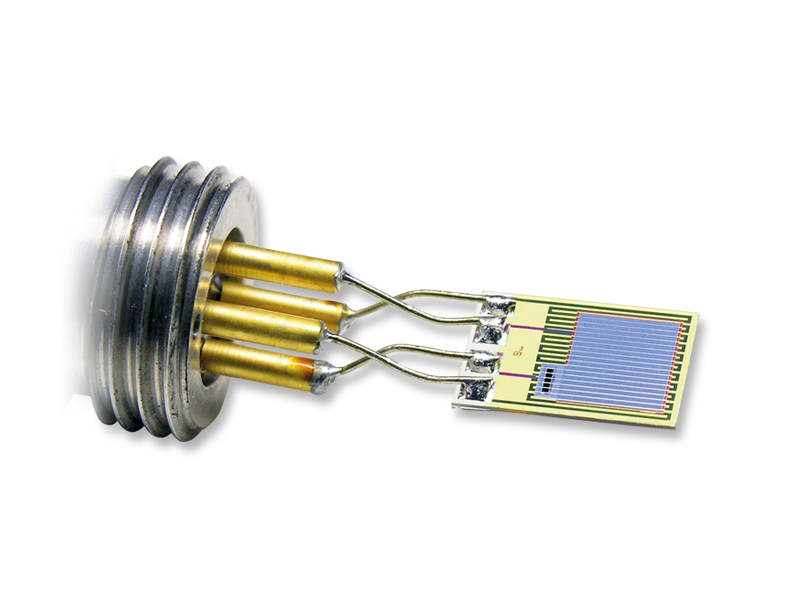
Sensor Coating Protects against Contamination and Corrosion
Besides weather influences, meteorological sensors are also exposed to dust, dirt and possibly salty air (in offshore applications or weather stations near the sea). Deposits on the sensing element can not only affect the measurement result but also lead to corrosion.
For preventing this, E+E meteorology sensors feature a proprietary sensor coating. This special coating protects the humidity sensing element and its leads against corrosive and electrically conductive pollution. Especially in dusty or salty environments, the coating significantly improves the long-term stability and service life of the sensors.
Are you interested in the E+E meteorology sensors? We would be happy to advise you!
